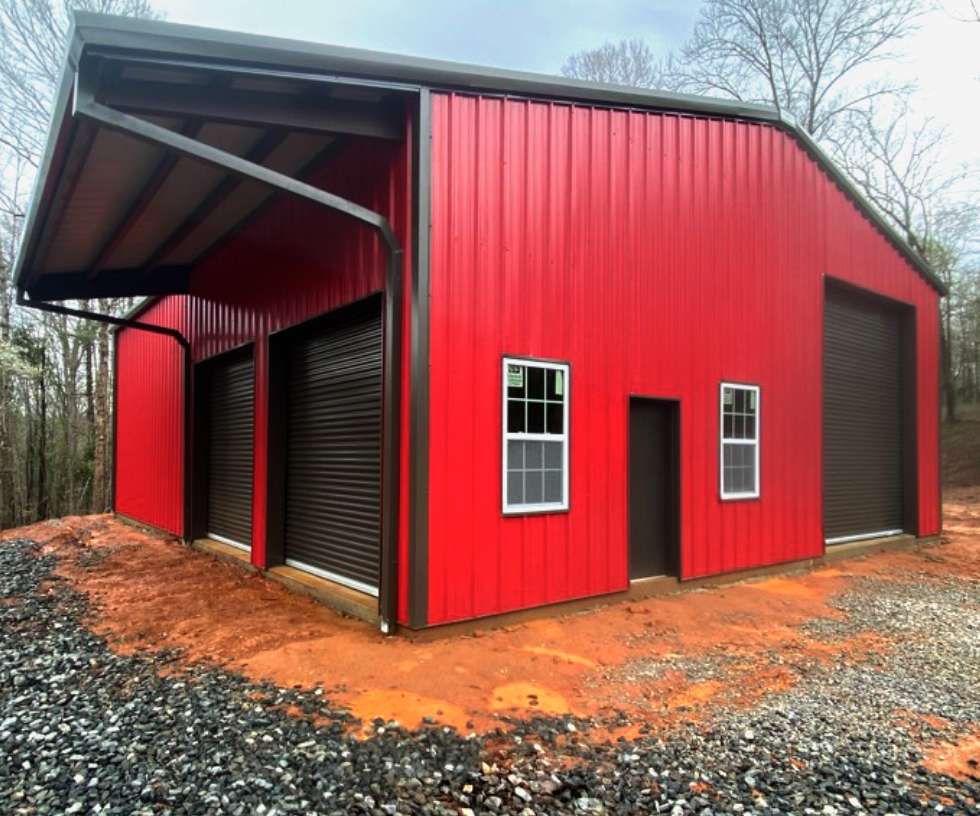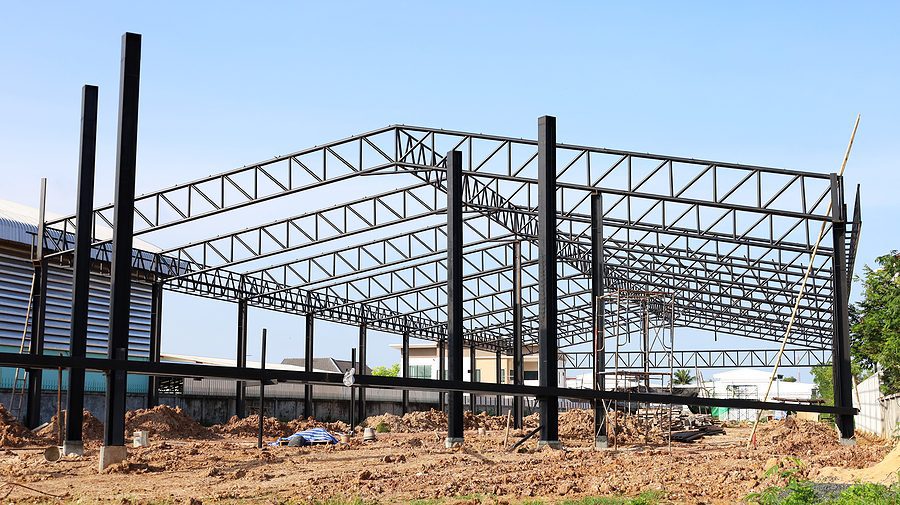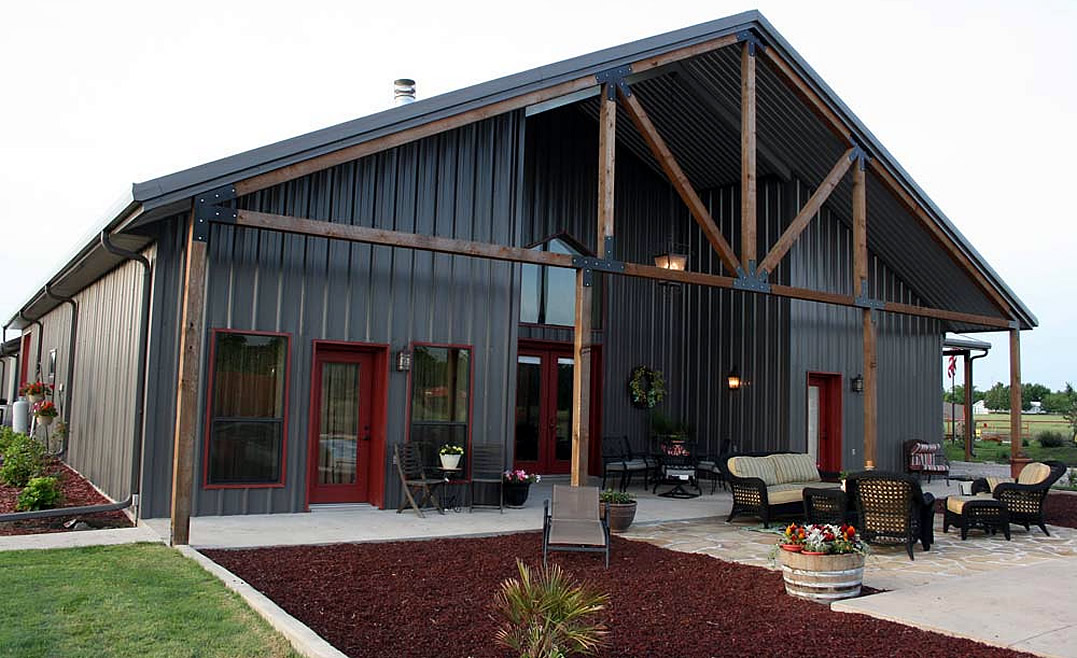The Competitive Advantage of Steel Buildings: Why Pick This Superior Choice
Steel structures have emerged as an engaging option in the world of construction for a multitude of factors. The competitive edge that steel structures hold prolongs far beyond their first allure, making them a recommended choice for those seeking durability and adaptability in their construction jobs.
Toughness and Long Life
In the realm of resilience, long life and construction are essential facets that emphasize the value proposition of steel buildings. Steel is renowned for its effectiveness and capability to endure numerous ecological problems, making it a perfect choice for long-lasting frameworks. Unlike conventional materials like wood or concrete, steel does not warp, split, or rot with time, making certain that a steel building remains structurally audio for decades.
One vital factor adding to the toughness of steel buildings is their resistance to parasites such as termites, which can create significant damages to wood frameworks. Steel is likewise non-combustible, reducing the risk of fire damages and raising the safety of occupants. In addition, steel buildings need minimal maintenance contrasted to other building and construction products, conserving both money and time over time.
Additionally, developments in steel manufacturing innovation have better boosted the long life of steel structures by boosting deterioration resistance and architectural integrity. With proper care and upkeep, a sound steel structure can last well over 50 years, supplying a long lasting and dependable option for different building requirements.
Cost-Effectiveness
With its various economic advantages, steel as a structure material provides a compelling cost-effective service for different building jobs. The cost-effectiveness of steel structures comes from a number of essential aspects. First of all, the preliminary cost of steel may be more than some conventional materials, yet the long-term financial savings are considerable. Steel structures require marginal upkeep, minimizing repair service and substitute expenses gradually. Furthermore, steel is extremely long lasting, which converts to lower insurance policy premiums because of decreased danger of damages from elements such as fire, parasites, and all-natural calamities.
Additionally, the construction process with steel is much faster and much more effective compared to other products, leading to lowered labor costs and earlier task completion. Steel buildings are additionally energy-efficient, permitting savings on cooling and heating costs. The adaptability of steel permits simple expansion or modification, saving on future building costs by eliminating the requirement for substantial remodellings. Overall, the cost-effectiveness of steel buildings makes them a clever financial investment for numerous construction needs.
Versatility in Design
The flexibility of steel as a structure product permits for a large range of ingenious layout possibilities in building and construction projects. Steel buildings offer exceptional flexibility in layout, making them a preferred option for architects and building contractors. One of the essential advantages of steel is its strength-to-weight ratio, which allows the building and construction of large, open spaces without the requirement for too much assistance columns. This structural performance permits for creative and modern layouts that may not be practical with various other structure products.
Steel's versatility also enables personalization to fulfill particular design demands. Whether it's curved roof coverings, complex facades, or special geometric shapes, steel can be molded to bring essentially any kind of design idea to life. In addition, steel buildings can be quickly broadened or changed, providing future adaptability for adjusting to altering requirements.
Furthermore, the usage of steel in building permits sustainable layout techniques. Steel is very recyclable, reducing ecological effect and promoting environment-friendly building. Its resilience and resistance to deterioration make sure that steel buildings maintain their visual allure and structural honesty for many years to come. Inevitably, the flexibility of steel in layout not just enhances the visual appeal of structures yet also adds to their longevity and capability.

Sustainable Construction Practices
Building upon the foundation of versatility in design, sustainable building techniques in steel structures play an essential role in mitigating Web Site ecological influence and promoting lasting green remedies. Steel is an extremely lasting product as a result of its recyclability and durability. When steel buildings reach the end of their lifecycle, the steel parts can be reused and utilized in new construction jobs, minimizing the demand for raw products and minimizing waste. Additionally, the power performance of steel buildings adds to sustainability initiatives. Steel frameworks can conveniently fit insulation, photovoltaic panels, and other energy-efficient functions, minimizing energy intake and functional costs over time. This not only benefits the his explanation setting but also supplies long-term expense savings for structure proprietors.

Quick Building Timeline

Additionally, the structured process of setting up steel structures minimizes building time significantly. The simplicity of steel building style and the simplicity of setting up add to faster project conclusion, making it an excellent option for clients with time-sensitive requirements (steel buildings). Additionally, the capacity to service different elements simultaneously, such as site prep work and structure building and construction along with steel fabrication, more accelerates the general building and construction timeline
Conclusion
Finally, steel structures use a competitive benefit because of their toughness, cost-effectiveness, flexibility in design, lasting construction techniques, and quick construction timeline. These aspects check these guys out make steel structures a superior option for different building projects, giving lasting benefits and worth. Picking steel buildings can result in enhanced performance, performance, and sustainability in the building and construction sector.
Unlike typical materials like wood or concrete, steel does not warp, crack, or rot over time, making certain that a steel structure continues to be structurally sound for decades.
The flexibility of steel as a building product permits for a wide variety of ingenious layout opportunities in building and construction jobs.Structure upon the foundation of flexibility in layout, sustainable building and construction practices in steel buildings play a critical function in mitigating environmental effect and advertising lasting environment-friendly solutions. When steel buildings reach the end of their lifecycle, the steel elements can be reused and used in new building tasks, reducing the demand for raw products and decreasing waste.In final thought, steel buildings supply a competitive benefit due to their resilience, cost-effectiveness, adaptability in design, lasting construction techniques, and rapid building timeline.